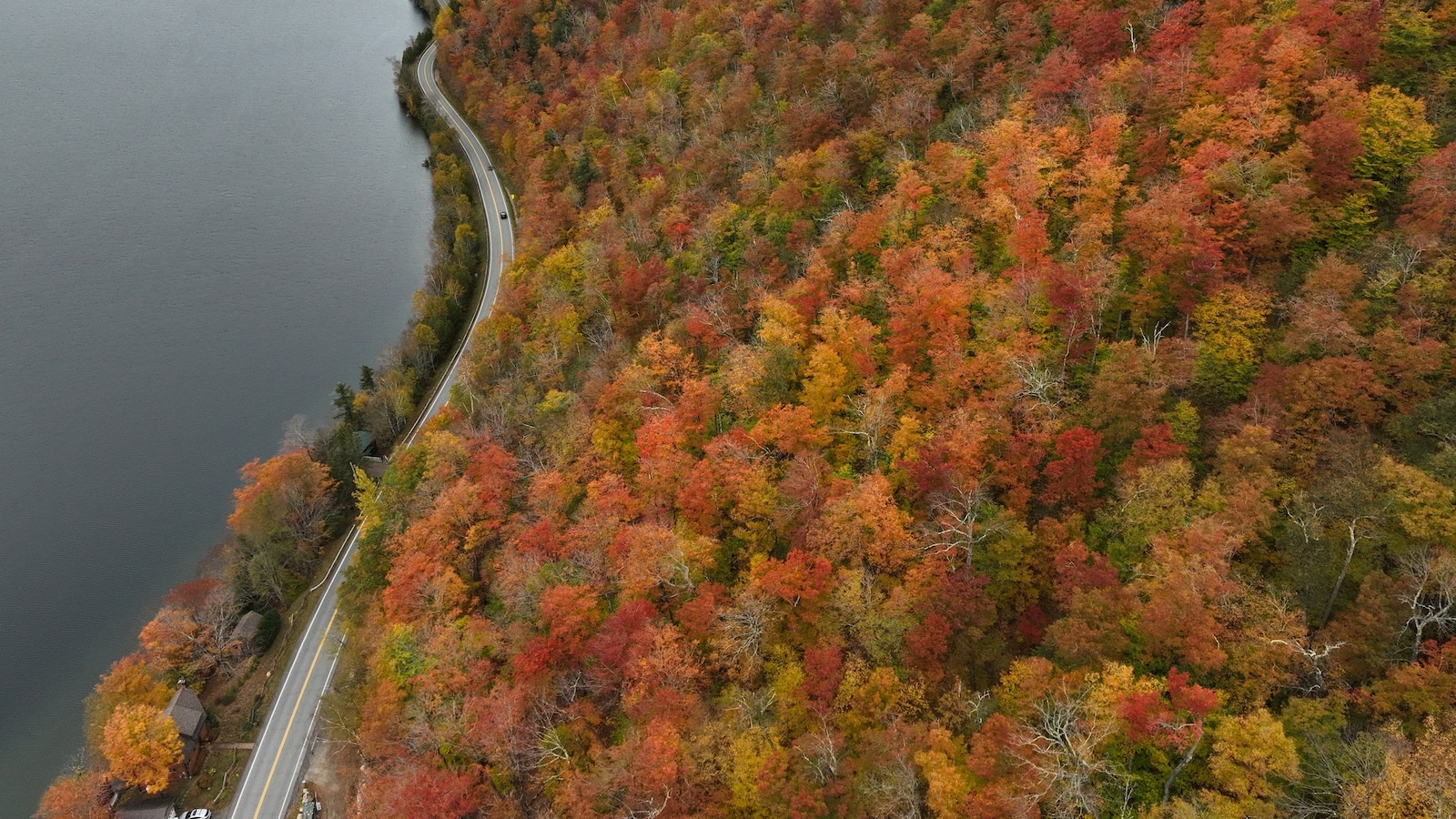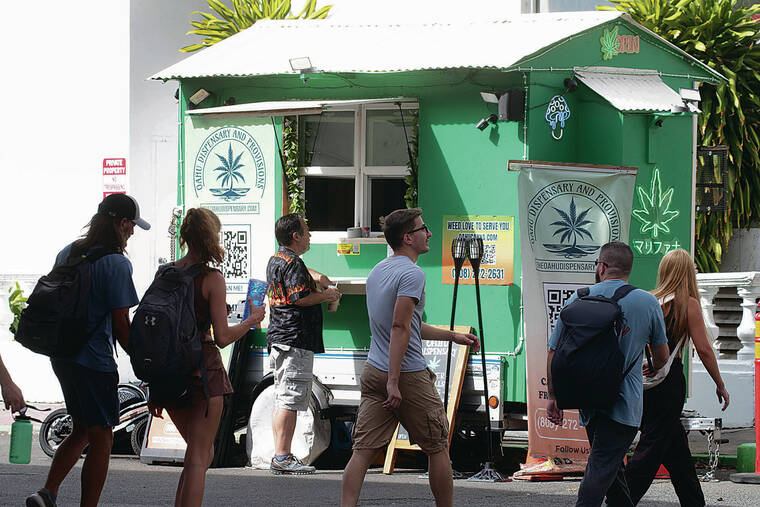By Kyle Reiman
Copyright go

As millions of leaf peepers prepare for the arrival of changing leaves across the U.S., this year’s weather will impact the peak of fall foliage for some regions.
Explore Fall, a website that provides resources and tools to track the changing colors of leaves, is predicting an earlier and quicker fall foliage peak for the millions of people looking to see this year’s natural spectacle.
“We are tracking multiple areas of high stress in the foliage across the country, and a few regions of rapid-onset drought, which may quicken the onset of colors,” said Peter Forister, Social Media Manager and Developer of Explore Fall.
The timing and intensity of peak foliage vary from year to year, depending on several factors, such as drought conditions, rainfall, temperature, soil content, and the types of trees, as well as cloud cover.
Much of the country usually does not see peak foliage until October.
In some areas, the leaves begin to change as soon as August and peak in September, like parts of the Rocky Mountains, as well as Alaska and spots in the Cascade Mountains.
As fall progresses, foliage gradually changes its colors from north to south. Much of the West and Upper Midwest, as well as some spots in the Northeast, see their peak foliage by mid-October.
By November, much of the Southeast, lower Midwest and southern Plains will have seen their peak foliage come and go.
Regional forecasts for this year’s fall foliage
Explore Fall told ABC News that they use fall foliage climatology over the past 20 years, weather data, drought and soil moisture information, satellite data, ground reports and their own foliage modeling system to produce their predictions and current reports.
Here are their regional forecasts for this year’s fall foliage:
Northeast: Due to high stress conditions for trees resulting from exceptionally low soil moisture and increasing drought conditions, some popular leaf peeping spots will experience a short-lived and less vibrant peak foliage compared to normal years.
Southeast: Although parts of the region are beginning to experience drier conditions, much of the Southeast will experience conditions typical for early fall. Much of the Southeast, especially the southern Appalachians, remains on track for an on-time and vibrant peak foliage.
Midwest: Some areas of the southern Great Lakes and Ohio Valley will likely see muted colors during peak foliage due to increasing drought conditions. However, places further north, like the Upper Peninsula of Michigan and most of Wisconsin, look to be in a good spot to see an on-time and vibrant peak foliage.
West: Widespread severe drought conditions across much of the Rocky Mountains will likely lead to an early peak foliage with muted colors, with early color already appearing.
Why do leaves change color?
As the days get shorter and temperatures cool down during the fall, trees and other plant life get less sunlight needed to stay alive.
Chlorophyll is a key part of the plant that turns sunlight into sugars for the plant and is responsible for the green colors seen in plants.
The chlorophyll begins to gradually break down as the plants prepare for winter, allowing for the yellow and orange colors of the leaves to become more visible.
According to the Michigan State University Forestry Extension, the most vivid displays of fall foliage come after a stretch of warm days with plenty of sunshine and cool nights. This allows for more sugars in the leaves to be left behind when the trees begin to transition into winter mode, producing vibrant red and sometimes purple leaves.
How the changing climate is impacting fall foliage
Several experts and groups have made connections between the fall foliage and the weather and climate.
The MSU Forestry Extension notes that factors such as late fall warmups or strong winds before peak foliage that knock down leaves can negatively impact fall foliage.
Soil moisture also plays a huge role, with the MSU Forestry Extension adding that ample precipitation is required for the most robust displays of color. Any drought conditions experienced during the late spring or summer can delay peak foliage and mute the colors.
“Fall foliage colors are not as bright compared to wet years, where the trees were able to produce a lot of sugars, and where they had a nice growing season and they were quite happy,” said Dr. Mukund Rao, assistant research professor at Columbia University.
“Compared to historical averages, most years have been trending later, but this year is going to be earlier and shorter because of the extreme drought we’re facing,” said Jim Salge, a meteorologist turned fall foliage photographer and forecaster for Newengland.com and Yankee Magazine.
Where are some good spots for fall foliage?
There are many great spots to catch this year’s fall foliage, some world-renowned and others not as well-known.
“Even in an off year, New England’s White Mountains and Adirondack Mountains feature some of the best fall colors in the world,” said Explore Fall.
Salge also added that northern New Hampshire, the Alpine Lakes and ponds in the White Mountains, are also well-known spots in the Northeast to see the fall foliage.
Explore Fall also noted some other spots out west that people can catch the fall foliage, such as the Aspens in the Rocky Mountain West and the Wasatch Mountains in Utah, where “bigtooth maples, a localized species of mountain tree that turns brilliant oranges and reds in the canyons of those mountains.”



